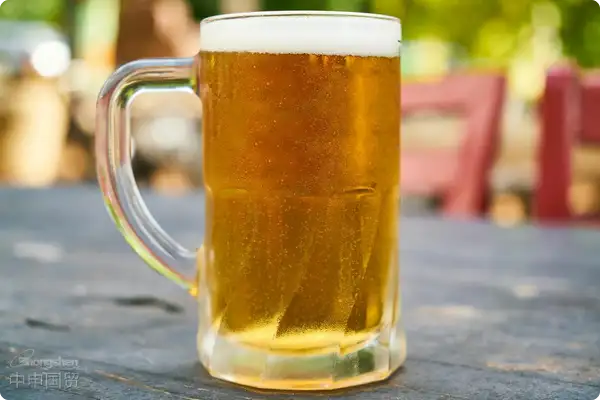- Shanghai Zhongshen International Trade Co., Ltd. - Two decades of trade agency expertise.
- Service Hotline: 139 1787 2118

Contents
ToggleWhen Burgundy Red Meets the Oriental Palate
When I encountered a certain oak-aged beer at a Paris wine exhibition last year, I deliberately tested the bottle temperature with the back of my hand—this detail convinced the French brewer to grant the Chinese agency rights on the spot. Currently, the import volume of craft beer in China has increased by 67% compared to 2023 (data source: China Alcoholic Drinks Association). However, safely delivering these liquid golds in fragile glass bottles requires a more professional customs clearance strategy than simply selecting the brews.
The Three Vajra of Customs Clearance
- Triple Qualification
- Food Circulation License (scanned copy of the original within the validity period)
- Liquor Business License (Note special requirements in various provinces and cities)
- import and exportPower of Attorney Filing Receipt (Electronic versions hold equal validity starting from 2024)
- Variations on HS Codes
- Under item 2203.00, the benchmark tariff for beer is 14%.
- Alcohol content ≤0.5% is classified under 2202.90 (tariff 8%).
- Additional codes must be declared for products containing fruit ingredients.
- Documentary Concerto
- It is recommended to verify through the following methods:Books (with special focus on the unique identifiers of the Nouvelle-Aquitaine region)
- Filling Date Certificate (directly related to shelf life calculation)
- Ingredient Analysis Report (must include malt concentration and hop content)
The customs ballet of fragile items
Last year, a certain batch of Saint-Omer Abbey beer experienced a 4.2% breakage rate due to improper packaging, directly resulting in the deduction of 120,000 yuan in customs deposit. Professional customs clearance agents would recommend:
| Protective measures | Cost increase | Reduction in breakage rate |
|---|---|---|
| EPE pearl cotton partition | 8-12% | 72% |
| All-wood stock fixed | 15-18% | 89% |
| Thermostatic container | 23-25% | 94% |
The Cultural Clash on Labels
- The Five Essential Elements of Chinese Labeling
- The alcohol content must be indicated with "vol" instead of "abv".
- Indicate the country of origin down to the regional level (e.g., Normandy, France).
- Expiration date format "YYYY-MM-DD"
- Design minefield warning
- Avoid using terms such as "healthcare" or "treatment."
- Religious elements must be filed in advance.
- The unit of capacity must be "mL".
Advice from a seasoned customs clearance expert
Last month, I just assisted a client in clearing customs for a limited-edition Champagne-region beer, and I've summarized the golden criteria for selecting an agent:
- Have operated at least 30 batches of glass-bottled alcoholic beverages.
- There are on-site inspectors at the Port of Le Havre.
- Can provide emergency replacement label services
- Be familiar with customs clearance during special periods (such as the peak inspection period two weeks before the Spring Festival).
Looking at the photos of the wine tasting event sent by the client, those crystal-clear brews that have traveled over 8,000 kilometers are a testament to how professional customs clearance breathes new life into products. Choosing the right partner ensures every bottle of beer's journey is worth that satisfying "pop" upon opening.
Related Recommendations
Category case
Get in Touch
Email: service@sh-zhongshen.com
Related Recommendations
Contact via WeChat

? 2025. All Rights Reserved. Shanghai ICP No. 2023007705-2  PSB Record: Shanghai No.31011502009912
PSB Record: Shanghai No.31011502009912









